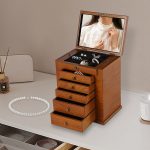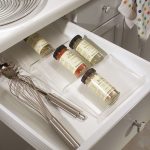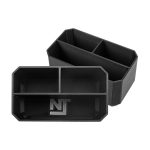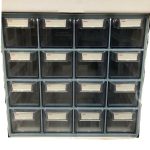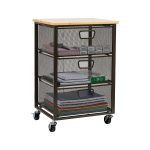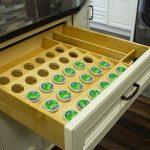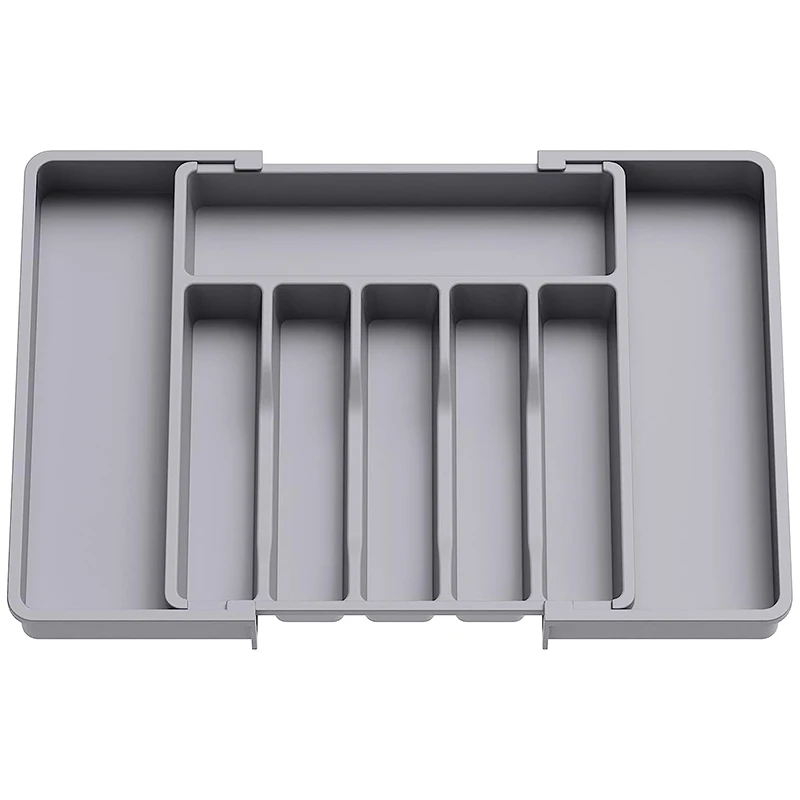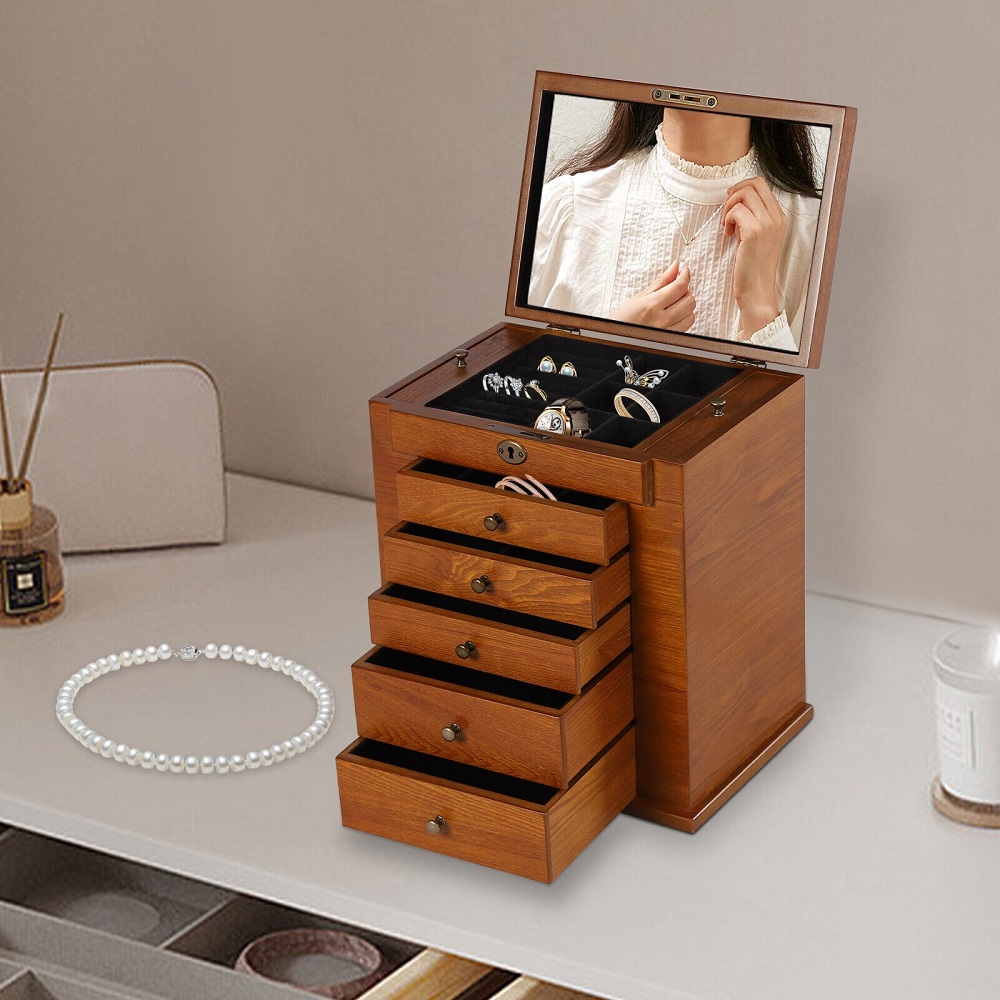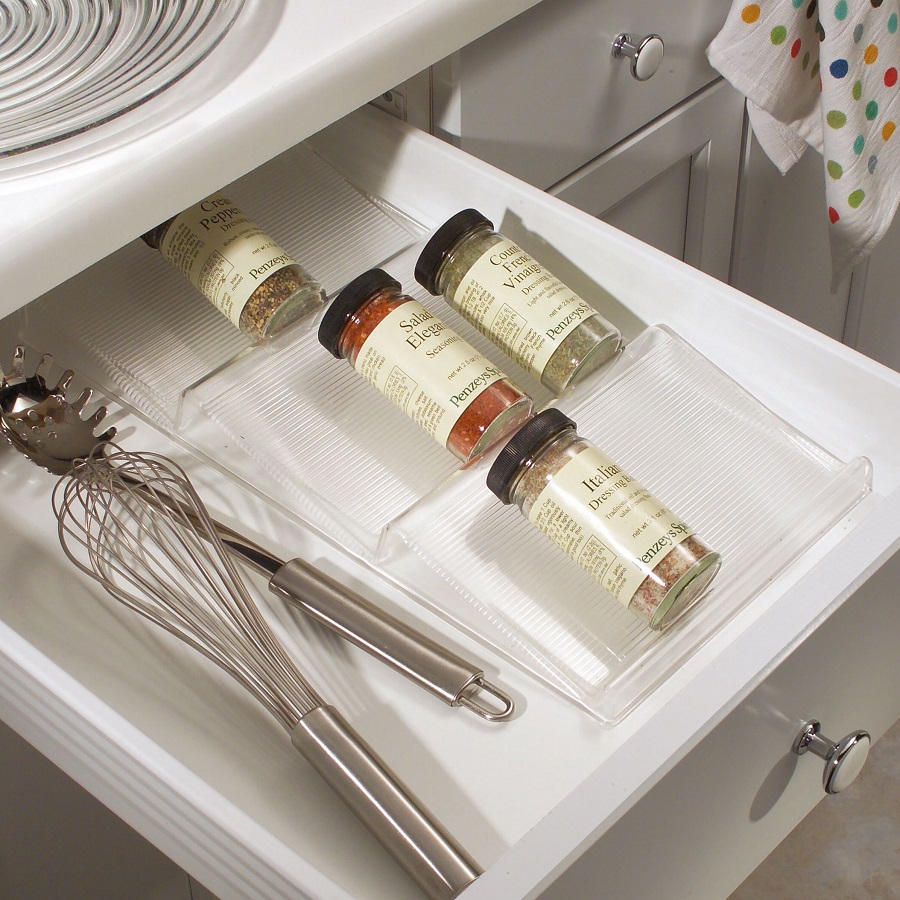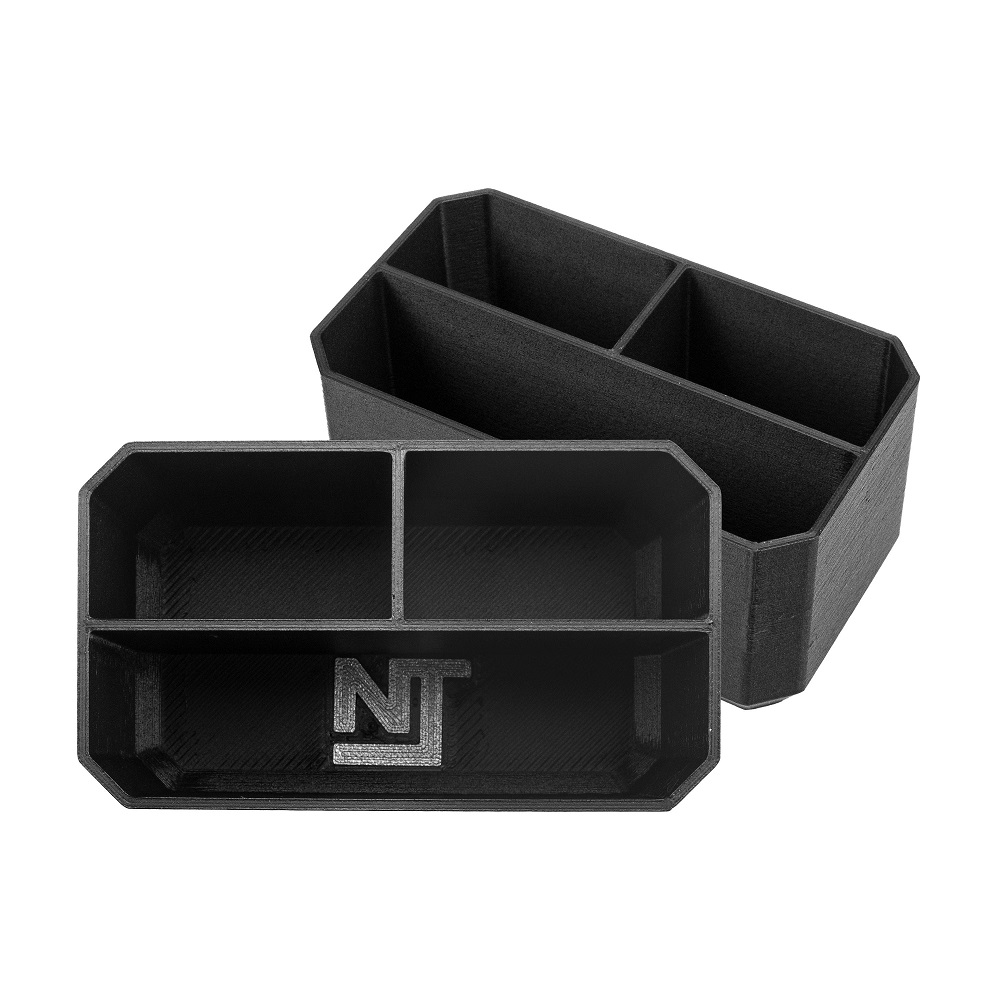Keeping a clutter-free kitchen not only enhances functionality but also promotes a more enjoyable cooking experience. One of the most overlooked areas in the kitchen is the utensil drawer. With various utensils and gadgets competing for space, it can quickly become chaotic. Fortunately, a DIY utensil drawer organizer can be a game-changer. This article delves into creative solutions that can transform your kitchen drawers from chaotic clutter to organized bliss.
Understanding the Importance of an Organized Utensil Drawer
Before diving into solutions, it’s crucial to understand why an organized utensil drawer is necessary. First and foremost, it saves time. When your cooking essentials are organized, you can easily find what you need, ultimately speeding up meal prep. Imagine sifting through a cluttered drawer to locate a simple spatula during a rushed dinner time—frustrating, right? An orderly drawer keeps your workflow smooth and efficient, allowing you to focus on the culinary artistry rather than on locating tools.
Moreover, a well-organized drawer contributes to a more aesthetic kitchen environment. An untidy space can create stress and distraction. A clean, orderly apparatus not only helps in maintaining sanity but also produces a sense of accomplishment and satisfaction. Finally, discovering creative storage solutions can make cooking more enjoyable. Tools and utensils are much more accessible, enabling you to experiment and create without the underlying stress of disorder. Armed with a host of creative DIY solutions, you can shape your utensil drawer into a place that is as functional as it is pleasing.
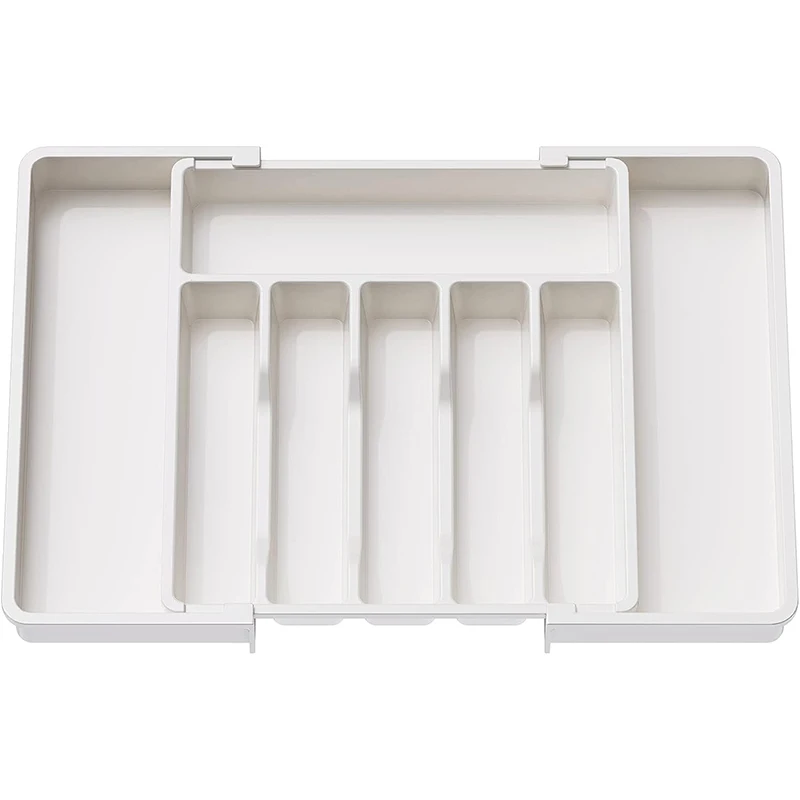
Assessing Your Current Utensil Collection
Before implementing organizing systems, it’s essential to take stock of your utensil collection. Begin by emptying your utensil drawer completely. Assess every item you have and ask yourself some critical questions: Do I use this often? Does it serve multiple purposes? Is it in good condition? It’s common to find utensils that you rarely use or have duplicates. This is an excellent opportunity to declutter. You’ll soon realize how many unnecessary items you’ve held onto.
Once you’ve sorted through and identified essential versus non-essential items, it’s time to let go. Donate items that are still in decent condition or discard any that are broken or worn out. Creating a minimalistic approach can lead to having a more functional space. You’ll find that when you have fewer utensils, you can more easily identify those that you love and use the most. Reducing the number of items in your drawer not only simplifies organization but also creates more room for the tools that truly matter in your cooking process.
Customizable DIY Solutions for Your Utensil Drawer
Now that you’ve assessed your collection and decluttered, it’s time to explore some customizable DIY solutions for organizing your utensil drawer. One popular method is using drawer dividers. These dividers can be made from materials like wood, plastic, or even recycled cardboard. Measure the dimensions of your drawer and cut the dividers to the appropriate lengths. You can create sections for different types of utensils: cooking spoons, spatulas, and whisks can all have their own compartments.
Consider using a combination of fixed sections and adjustable dividers. Adjustable dividers allow you to modify the sizes of compartments as your utensil collection evolves. You can even take it a step further by painting or staining the dividers to suit your kitchen decor. If you’re feeling adventurous, you can even create layered compartments using small boxes or repurposed containers, making it easier to find shorter tools without a hassle. This level of customization not only fits your specific needs but also adds a personal touch to your kitchen.
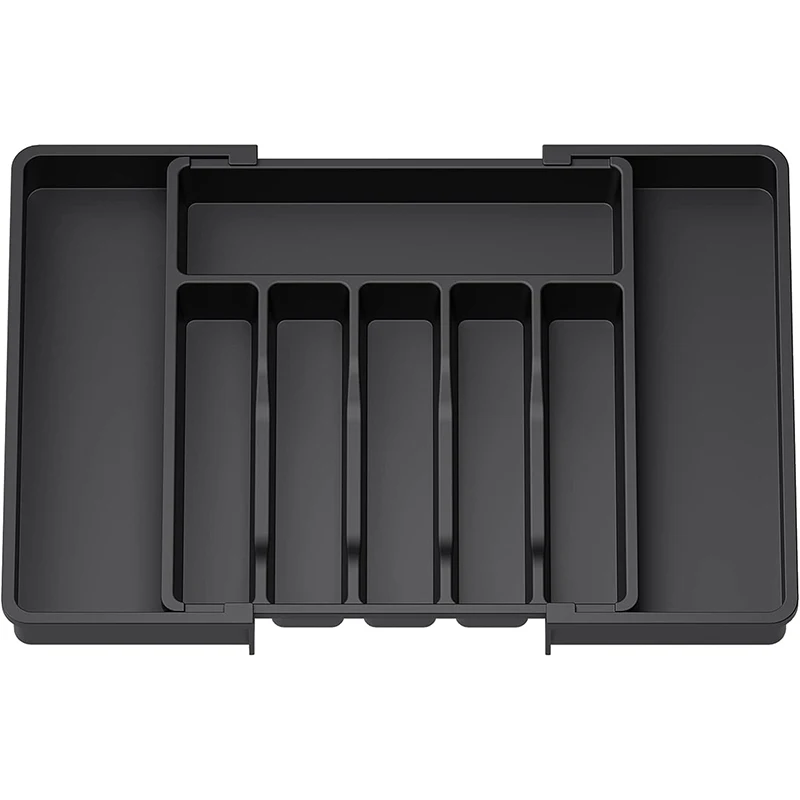
Utilizing Everyday Items for Maximum Efficiency
A particularly exciting aspect of DIY utensil organizers is using everyday household items creatively. Look around your home for potential organizers. For instance, consider repurposing small cans, jars, or trays as separators in your drawer. An old muffin tin can serve as a quirky yet efficient organizer—the individual cups are perfect for holding various small utensils. Similarly, ice cube trays can be used to sort smaller items like measuring spoons or gadget attachments.
Don’t shy away from using drawer risers for a tiered effect. Stacking multiple levels can help utilize vertical space, making it easy to see all your items. Another effective solution is utilizing magnetic strips. A magnetic strip can hold metal utensils so that they’re easily accessible and visible, transforming your drawer into an organized masterpiece. Not only do these solutions keep your utensils in order, but they also add an element of clever innovation that can guide future organization efforts in your kitchen.
Labeling for Quick Accessibility
Labeling is another crucial step in achieving a clutter-free kitchen. After you’ve organized your utensils, consider adding labels to the compartments or boxes you’ve created. Clear labels help everyone in your household know exactly where each utensil belongs, reducing the chances of chaos returning. You can use a label maker, pre-made stickers, or simply write labels on painter’s tape for a more casual approach.
When labeling, consider adopting a system that fits your cooking style. For instance, you might choose labels such as “Baking,” “Cooking,” “Serving,” or “Miscellaneous.” This way, you’re categorizing not just by type but also by function. The benefit of a labeling system extends to maintaining the organization in the long run. When you return to your drawer after cooking, you can easily identify where each utensil goes, ensuring that it will remain organized.
Maintenance: Keeping Your Utensil Drawer Organized
Creating a DIY utensil drawer organizer is just the beginning. The key to a clutter-free kitchen lies in routine maintenance. Devote a few minutes each week to tidy up your drawer. During this time, check for any utensils that may have found their way out of their designated spaces. A quick check-in can keep your drawer organized without requiring you to invest large amounts of time periodically.
Another strategy is to set up a “one in, one out” rule. Every time you acquire a new utensil, let go of one that you no longer use. This rule ensures that you maintain a set inventory in your drawer, preventing it from becoming overcrowded again. Regularly reassess and declutter items, especially as seasons change or as your cooking habits evolve. This ongoing commitment to maintaining order will allow you to enjoy your space for years to come.
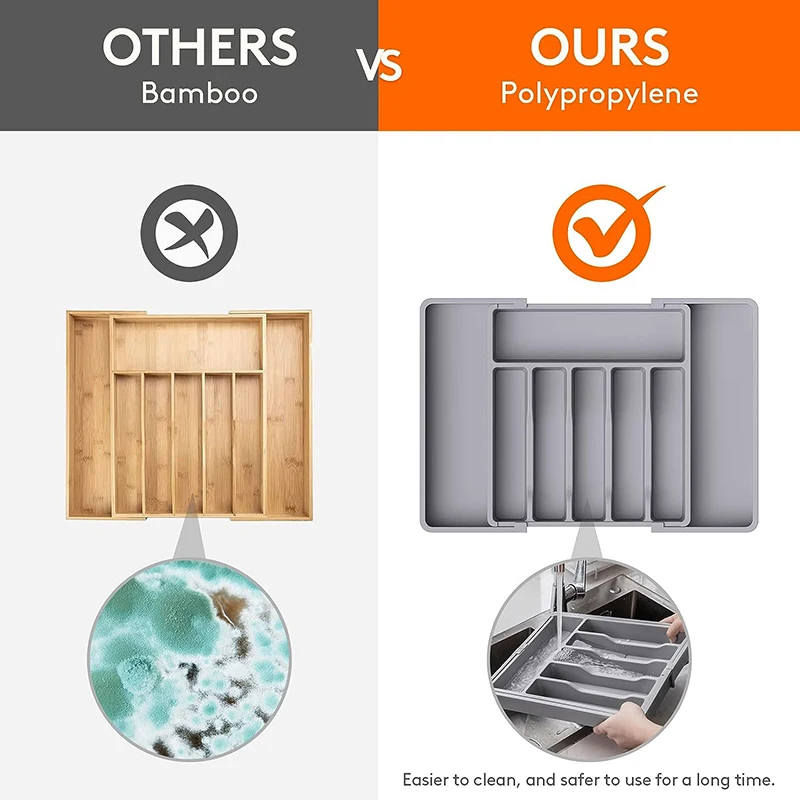
The Psychological Benefits of an Organized Drawer
An organized utensil drawer may seem like a minor detail in the grand scheme of your kitchen, but the psychological benefits can be substantial. Humans thrive in environments that feel ordered, and an organized kitchen promotes a certain peace of mind. Cooking, especially for those who find it therapeutic, becomes significantly more enjoyable when the tools required are easy to access. A decluttered space can also instill a sense of control over your cooking environment, reducing the stress triggered by chaos and confusion.
Beyond reduced stress, keeping your utensil drawer organized can inspire creativity and experimentation in the kitchen. A tidy environment acts as a blank canvas for culinary exploration. When all utensils are within easy reach, you’re more likely to try out new recipes, techniques, and cuisines. The resulting joy can elevate your cooking experience, turning meal preparation into a fun and rewarding endeavor rather than a chore.
Conclusion: A Transformative DIY Project for Your Kitchen
Embarking on a DIY utensil drawer organizer project can bring transformative benefits to your kitchen. A clutter-free workspace promotes efficiency, creativity, and peace of mind. By following the strategies outlined in this article, you can create a customized, organized space that reflects your cooking style and preferences.
As you implement these solutions, take note of the noticeable difference that an orderly utensil drawer can make in your daily culinary activities. Whether it’s utilizing everyday items creatively or labeling for quick accessibility, the choices you make will elevate not only your kitchen organization but your overall cooking experience. Embrace the process, delight in the transformation, and enjoy the many meals to come in your newfound organized space.
